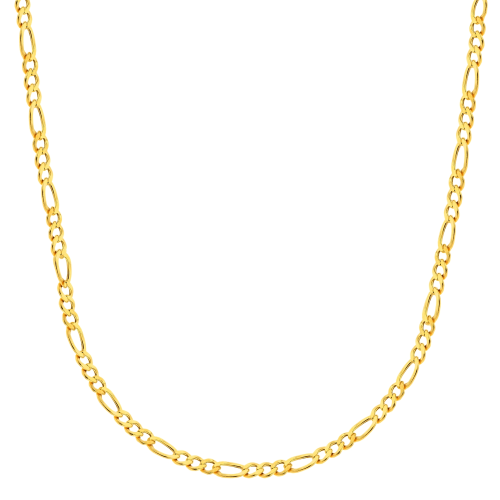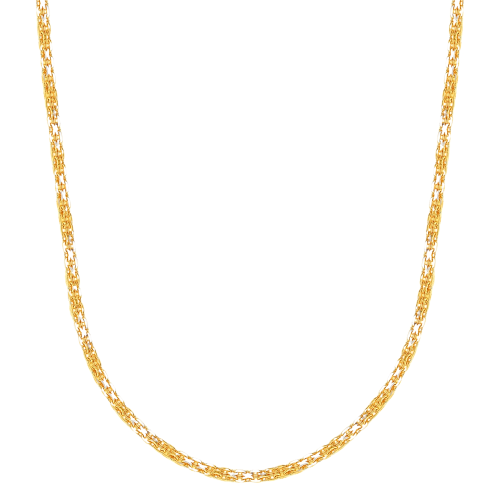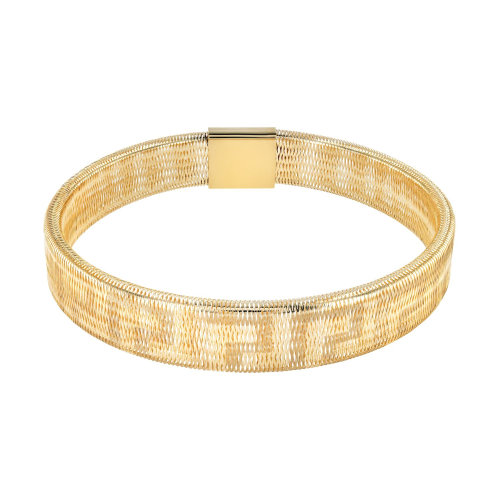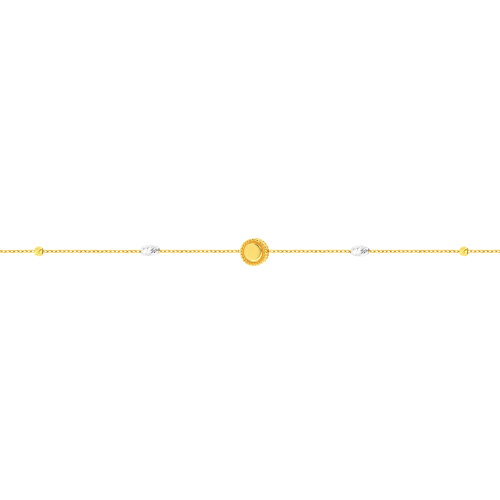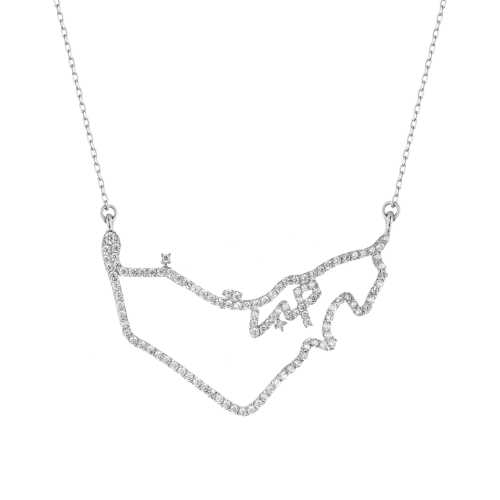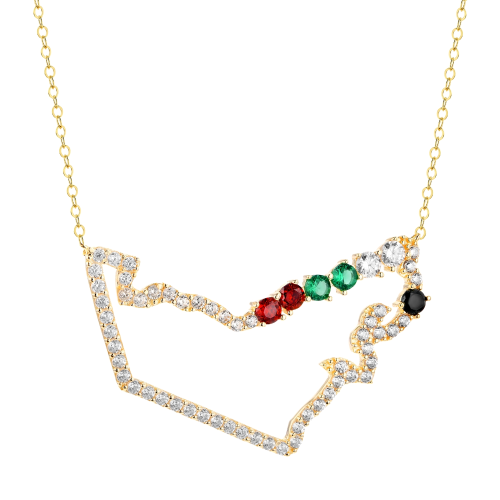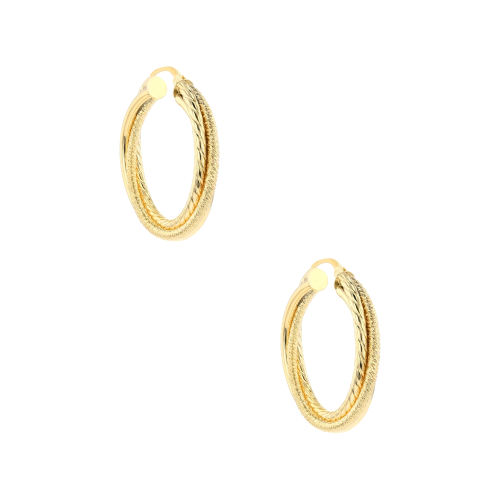The Story Behind Traditional Bedouin Gold Designs: A Legacy of Desert Artistry
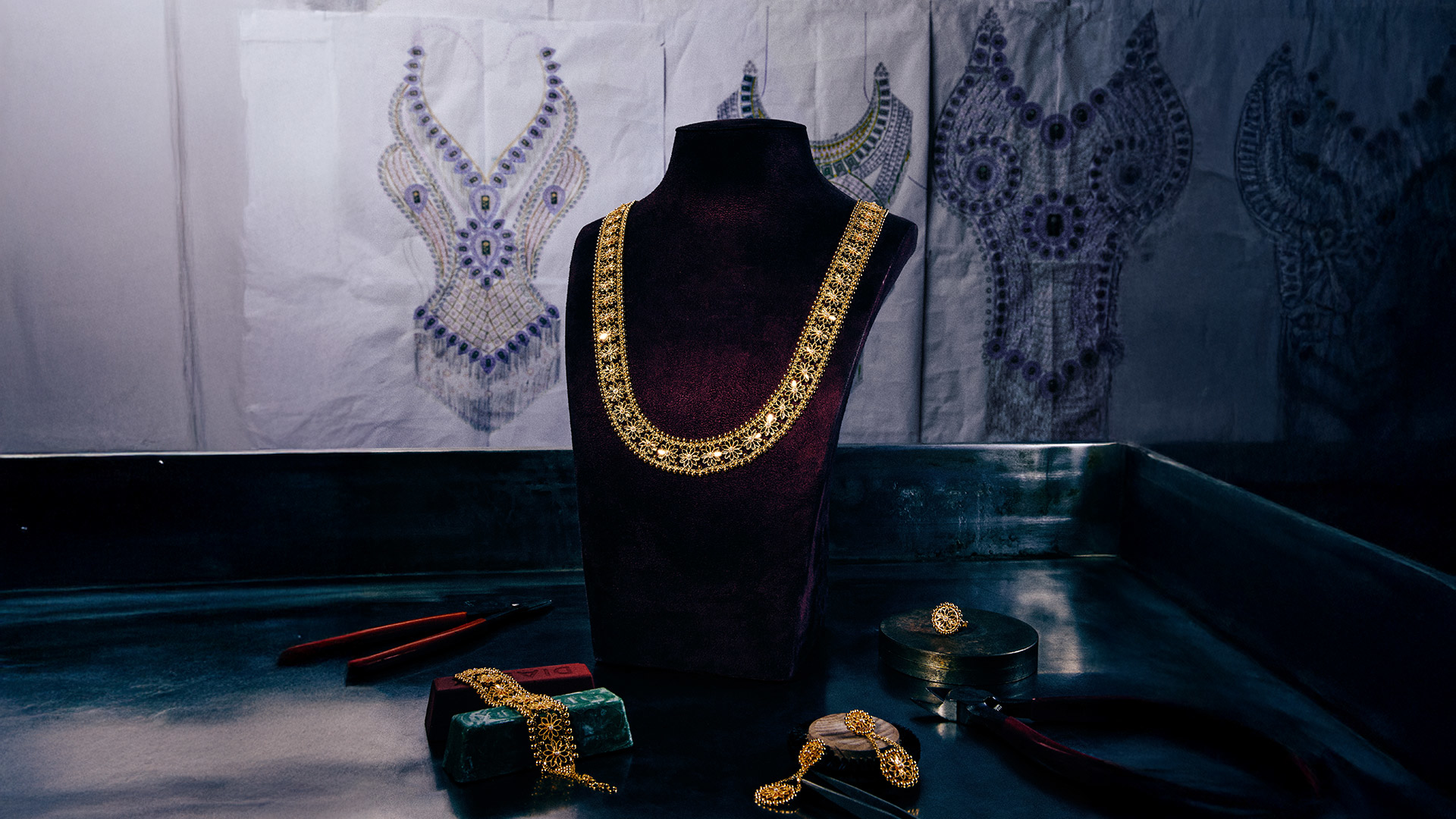
For centuries, the nomadic Bedouin tribes of the Arabian Peninsula have crafted some of the world's most distinctive and meaningful gold jewelry. These traditional Bedouin gold designs tell stories of survival, status, and spiritual beliefs while showcasing an extraordinary level of craftsmanship that has been passed down through generations. Today, these ancient motifs continue to inspire contemporary jewelry makers and captivate collectors worldwide who appreciate the rich cultural heritage embedded in every piece.
The Origins of Bedouin Gold Craftsmanship
The tradition of Bedouin gold jewelry dates back over a thousand years, emerging from the harsh yet beautiful landscapes of the Arabian deserts. As nomadic peoples, the Bedouins needed portable wealth that could travel with them across vast distances. Gold jewelry served this practical purpose while also functioning as a form of artistic expression and cultural identity.
Bedouin goldsmiths, known as "sayyagh," developed their craft in small workshops within settlements and trading posts along ancient caravan routes. These skilled artisans learned to work with limited tools, creating intricate designs using techniques that required exceptional skill and patience. The knowledge of gold working was closely guarded within families and passed down from master to apprentice, ensuring that each piece carried the authenticity of generations of expertise.
Symbolic Meanings in Traditional Bedouin Gold Designs
Every element in traditional Bedouin gold jewelry carries deep symbolic meaning rooted in the tribe's relationship with nature, spirituality, and daily life. The desert environment heavily influenced these designs, with patterns often reflecting the natural world that surrounded the Bedouin people.
Palm Tree Motifs represent life, prosperity, and resilience—qualities essential for survival in the desert. These designs often feature delicate gold work that mimics the fronds and trunk of the date palm, a tree vital to Bedouin sustenance.
Crescent Moon and Star Patterns hold profound spiritual significance, representing guidance, protection, and the Islamic faith that is central to Bedouin culture. These celestial symbols were believed to offer protection during long desert journeys.
Geometric Patterns dominate many traditional pieces, reflecting the mathematical precision valued in Islamic art. These intricate gold designs often feature repeating triangles, circles, and diamond shapes that create mesmerizing patterns when light catches the metal's surface.
Animal Motifs such as camels, horses, and falcons frequently appear in Bedouin gold jewelry, honoring the creatures that were essential to nomadic life. These designs celebrate the deep bond between the Bedouins and the animals that enabled their survival in harsh desert conditions.
Traditional Bedouin Gold Jewelry Types
The variety of traditional Bedouin gold jewelry reflects the diverse needs and customs of nomadic life. Each type of ornament served specific cultural and practical purposes within Bedouin society.
Necklaces and Pendants were perhaps the most elaborate pieces in a Bedouin woman's collection. Heavy gold chain necklaces often featured large central pendants adorned with traditional motifs. These pieces demonstrated wealth and status while serving as portable assets that could be traded if necessary.
Bracelets and Bangles showcased the goldsmith's skill through intricate filigree work and detailed engravings. Wide cuff bracelets were particularly popular, often featuring raised designs that created beautiful shadow play as the wearer moved.
Earrings ranged from simple gold hoops to elaborate chandelier-style pieces that could reach the shoulders. These dramatic earrings were designed to complement the traditional face coverings worn by Bedouin women, ensuring that their beauty and status were still visible.
Hair Ornaments included delicate gold chains, decorative combs, and forehead pieces that integrated seamlessly with traditional Bedouin hairstyles and head coverings.
Craftsmanship Techniques and Materials
Traditional Bedouin goldsmiths employed several distinctive techniques that set their work apart from other Middle Eastern jewelry traditions. The quality of craftsmanship in authentic Bedouin gold pieces reflects the high standards demanded by a culture where jewelry represented both artistic achievement and economic security.
Filigree Work involves creating delicate patterns using fine gold wire, often twisted and soldered together to form intricate lace-like designs. This technique requires exceptional skill and patience, with master craftsmen spending weeks on a single elaborate piece.
Granulation technique features tiny gold spheres meticulously arranged and fused to create textured surfaces and decorative borders. This ancient technique was perfected by Bedouin artisans who achieved remarkable precision without modern tools.
Repoussé and Chasing methods involve hammering gold from both sides to create raised relief designs. Bedouin craftsmen used these techniques to create dimensional patterns that seem to come alive as light plays across the surface.
The gold used in traditional Bedouin jewelry was typically of high purity, often 18-22 karat, giving pieces their characteristic rich yellow color. Some pieces incorporated silver elements or semi-precious stones like turquoise and coral, adding color contrast to the warm gold tones.
Cultural Significance and Social Status
In Bedouin society, gold jewelry served as more than mere adornment—it was a complex system of communication that conveyed information about the wearer's marital status, tribal affiliation, and family wealth. The amount and style of gold jewelry a woman owned directly reflected her family's prosperity and her husband's success.
Bridal jewelry held particular significance, with elaborate gold sets traditionally given as part of the dowry. These pieces were considered the bride's personal property and financial security, representing her independence and status within the marriage. The intricate designs of bridal jewelry often incorporated symbols of fertility, protection, and good fortune.
Older women in Bedouin society typically owned the most impressive gold collections, having accumulated pieces throughout their lives. These collections were passed down through generations, with each piece carrying the stories and memories of the women who wore them before.
Modern Influence and Contemporary Interpretations
Today, traditional Bedouin gold designs continue to influence contemporary jewelry makers around the world. Modern artisans draw inspiration from these ancient patterns while adapting them for contemporary tastes and lifestyles. High-end jewelry designers frequently incorporate Bedouin motifs into their collections, recognizing the timeless appeal of these desert-born designs.
Contemporary interpretations might feature traditional Bedouin patterns executed in modern settings, combining ancient symbolism with current fashion trends. Some pieces blend traditional gold work with contemporary materials like platinum or incorporate modern gemstone settings while maintaining the essential character of Bedouin design.
The growing appreciation for cultural heritage in jewelry has led to increased interest in authentic traditional pieces, with collectors and museums actively seeking original Bedouin gold jewelry. This renewed attention has helped preserve traditional techniques and encouraged young artisans to learn these ancient skills.
Preserving a Golden Legacy
The story behind traditional Bedouin gold designs represents more than artistic achievement—it embodies the resilience, creativity, and cultural richness of a people who transformed the harsh desert environment into inspiration for some of the world's most beautiful jewelry. Each piece tells a story of survival, celebration, and the enduring human desire to create beauty even in the most challenging circumstances.
As we continue to appreciate and study these remarkable creations, we ensure that the legacy of Bedouin goldsmithing will inspire future generations of artisans and jewelry lovers. The golden threads that connect us to this ancient desert culture continue to shine brightly, carrying forward the timeless appeal of traditional Bedouin gold designs into the modern world.
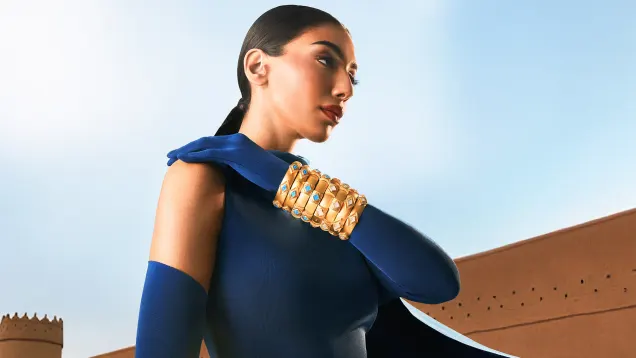
Our Promise
Fast shipping
Receive your jewelry in maximum 3 days.
Return guaranteed
Requesting a return is quick and easy.
Ethical Sourcing
Ethically Sourced Materials
Payments
Buy in the most convenient way for you.
